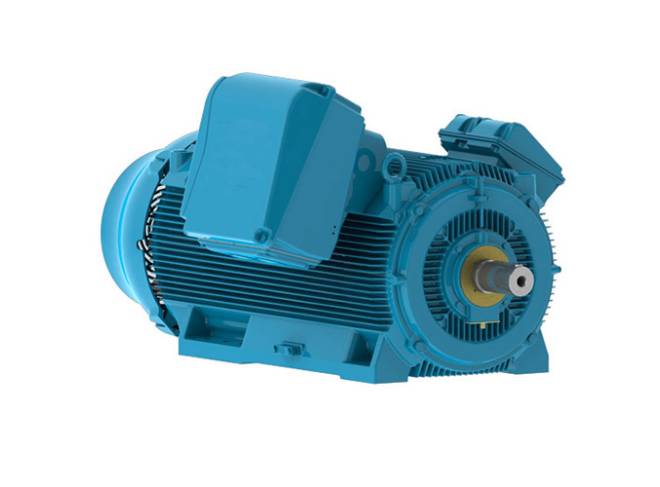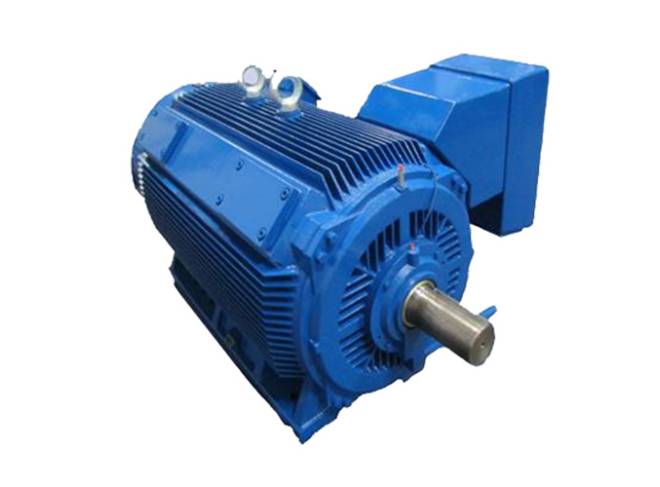Here is the Squirrel Cage Motor Supplier to share with you how the squirrel cage motor works, I hope it can help everyone

Squirrel Cage Motor
The area windings in the stator of an Induction Motor set up a turning electromagnetic field with the rotor. The family member movement in between this area as well as the turning of the rotor generates electrical present in the conductive bars. Subsequently these currents lengthwise in the conductors react with the magnetic field of the electric motor to generate force acting at a tangent orthogonal to the blades, leading to torque to transform the shaft. In effect the blades is brought around with the electromagnetic field but at a slightly slower rate of turning. The difference in rate is called slip and enhances with tons.
The conductors are commonly skewed somewhat along the size of the rotor to decrease noise and ravel torque changes that may result at some speeds because of interactions with the pole pieces of the stator. The variety of bars on the squirrel cage establishes to what extent the generated currents are fed back to the stator coils and thus the current via them. The constructions that offer the least responses utilize prime numbers of bars.

The iron core offers to bring the electromagnetic field with the rotor conductors. Because the magnetic field in the rotor is rotating with time, the core utilizes building similar to a transformer core to lower core energy losses. It is constructed from thin laminations, separated by varnish insulation, to decrease swirl currents circulating in the core. The product is a low carbon but high silicon iron with numerous times the resistivity of pure iron, additional decreasing eddy-current loss, and low coercivity to reduce hysteresis loss.
The very same basic style is used for both single-phase as well as three-phase motors over a vast array of sizes. Blades for three-phase will certainly have variations in the deepness as well as form of bars to suit the design category. Generally, thick bars have good torque and are effective at reduced slip, since they offer lower conductivity to the EMF. As the slip boosts, skin impact begins to decrease the reliable depth and boosts the resistance, causing lowered effectiveness yet still maintaining torque.
If you need any help with your Synchronous Motors or require a new motor, You can visit our website https://www.zcl-group.com/ and we will be happy to help.
Copyright © ZCL Electric Motor Technology Co., Ltd. All Rights Reserved | Sitemap | Powered by 